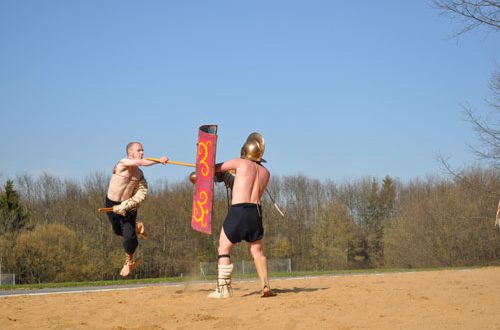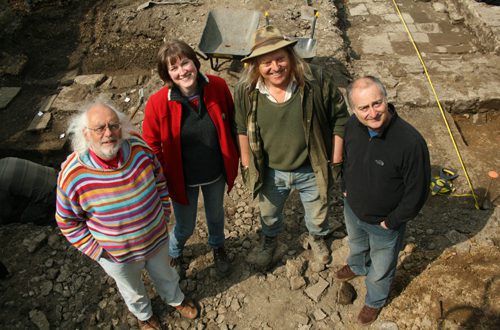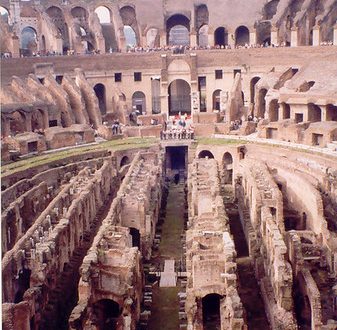 Some 10 miles south-east of Rome, archaeologists have been excavating a site they believe was of great religious importance to the ancient Romans as well as to bronze-age communities. The dig at the sanctuary of Diana and Nemi (also known as Diana Nemorense), overlooking Lake Nemi, has found ceramic pieces dating from the 13th and 12th centuries BC, a stone enclosure and evidence that a large religious complex once existed there.
Some 10 miles south-east of Rome, archaeologists have been excavating a site they believe was of great religious importance to the ancient Romans as well as to bronze-age communities. The dig at the sanctuary of Diana and Nemi (also known as Diana Nemorense), overlooking Lake Nemi, has found ceramic pieces dating from the 13th and 12th centuries BC, a stone enclosure and evidence that a large religious complex once existed there.
The archaeologists involved in the excavation, including Filippo Coarelli, a leading expert on ancient Rome and former professor of archaeology at the University of Perugia, believe that the site they’ve been examining in recent months could even be associated with the legend of the Trojan Aeneas.
Professor Coarelli, who also worked on the excavation of a villa believed to have belonged to the emperor Vespasian, said in a recent interview: “At the moment we’re excavating, among other places, at the Sanctuary of Nemi, which is one of the most important sanctuaries of ancient Lazio. It was made famous by James Frazer’s The Golden Bough series of books, which begins and ends at Nemi, because it’s one of the most noteworthy ancient centres of religion and culture.”
Are you Pulling My Leg(end)?
Virgil’s Aeneid tells the story of how Aeneas (who, according to mythology, founded Rome several centuries before the city was built by Romulus and Remus in 753 BC) carries a branch of a tree with gold leaves to protect him as he travelled through the underworld as instructed by the Sibyl of Cumae. Legend also has it that the ‘golden’ tree was protected by a priest (or in some versions a king) and when a bough was cut off, a slave would also be able to kill the priest/king and then replace him, only to be killed himself in future by another slave.
Of course this is mythology, but this wouldn’t be the first time a site has been identified with Virgil’s adventures of Aeneas. In 1932, another eminent archaeologist, Amedeo Maiuri, discovered and excavated the site of the same oracle mentioned by Virgil the Sibyl of Cumae. This underground passage 131 metres long, carved in rock near Naples, is known as the ‘Antro della Sibilla’, or the Cave of the Sibyl, and the association with her is based on Virgil’s description of her cave.
The importance of the golden bough as a cultural symbol was sealed when the Scottish anthropologist Sir James Frazer wrote his work named after the mythical icon. In The Golden Bough, Frazer put forth ideas on religion and mythology, giving an anthropological view of religion as opposed to the dogmatic theological views that dominated in Britain in the 1890s.
Getting to the Root of the Matter
So what has the dig at Nemi actually turned up? According to Professor Coarelli, the excavators have found a stone enclosure surrounding the remains of what appear to be a large tree, which is positioned in the middle of the religious Sanctuary of Nemi. Pottery votive offerings also indicate the importance of the site and the tree.
Professor Christopher Smith, head of the British School at Rome, told Nick Squires of the Telegraph: “It’s an intriguing discovery and adds evidence to the fact that this was an extraordinarily important sanctuary.”
Of course we may never know if the Sanctuary of Diana Nemorense at Nemi was also where the magical tree of legend grew. The association may remain a nice idea and a pleasant ‘maybe’ for those who like to think there is some truth to the Greek myths as told by Virgil. What is certain is that Nemi is a large and important ancient religious site, one of the most important in Lazio, and more excavation may be needed to discover its full history.




